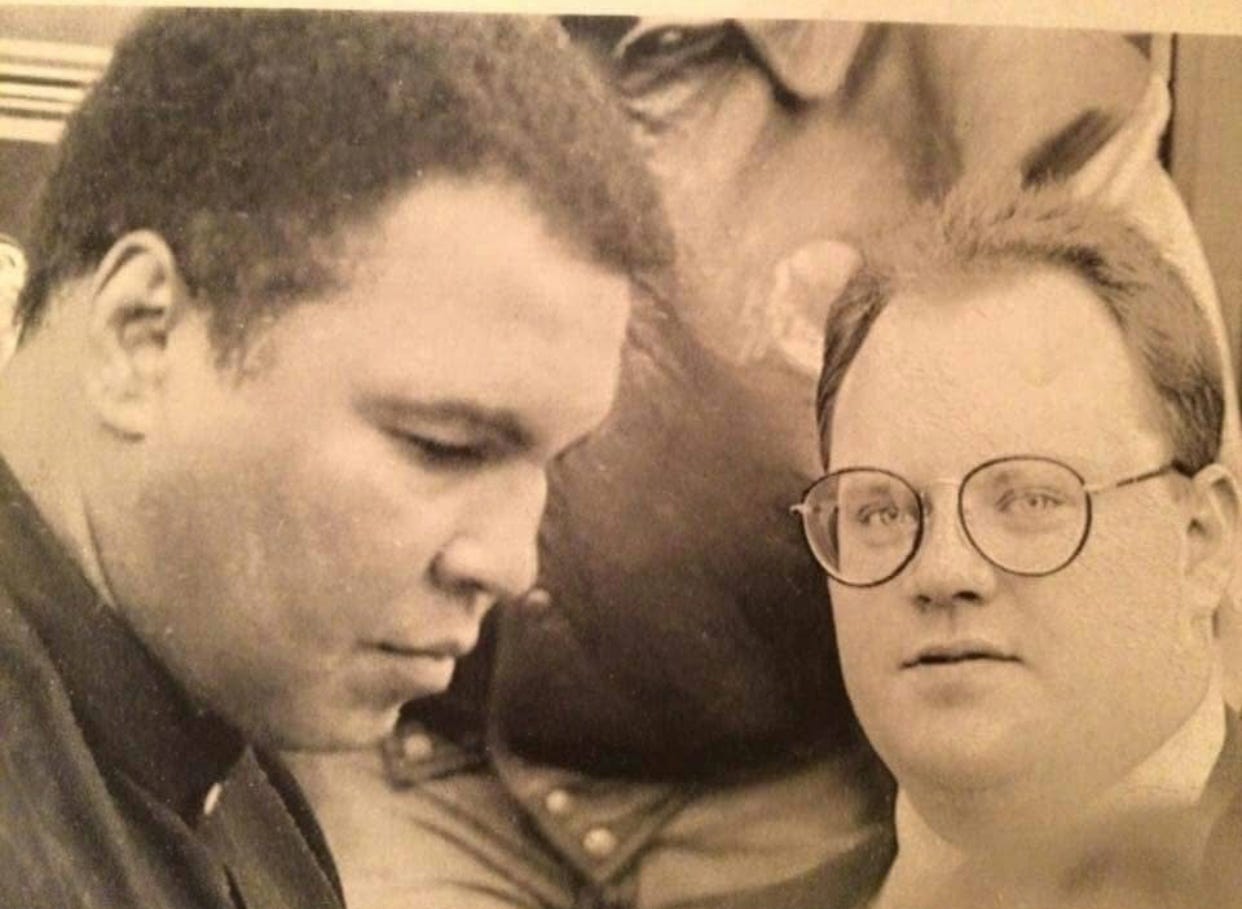How I Learned to Decipher the Media Machine from the Inside Out
Most media critics have never actually worked in a newsroom. Seriously, check out the bios and backgrounds of the people – especially many of the TV media pundits – and see what they’ve accomplished in their media career before they became a critic.
It’ll make you laugh and possibly wince.
I've held just about every job there is in a newsroom.
I started as a sports reporter in Pennsylvania, then worked my way through every role in traditional journalism: assistant section editor, section editor, deputy editor at The Denver Post, night sports editor at a metropolitan newspaper, managing editor, editor, vice president of news, general manager, and eventually publisher. Along the way, I earned an MBA from Lake Forest Graduate School of Management and built teams that won national recognition – including being named 2008 National Daily Editor of the Year by Suburban Newspapers of America.
By the time I became vice president and general manager at Shaw Media overseeing multiple newsrooms and publications in Illinois, then Vice President of Chicago Sun-Times Media Group and Publisher of Pioneer Press, I had a 360-degree view of how news really works. I understood not just how stories get reported, but how they get selected, shaped, and distributed.
And the most important years of my career were those four that I spent away from journalism, from 2012 to 2016, when I traveled the United States and around the world and had the opportunity to consume news media exactly the way that you consume it – as a reader or a viewer.
That inside knowledge is exactly why I could see what others missed when I launched The Center Square in 2019 – the first serious challenge to the Associated Press and Reuters in a generation, focused specifically on statehouse coverage where the real decisions affecting Americans' daily lives get made.
After 25 years watching the machinery of media from every angle, I can spot patterns that most people never notice. And what I'm seeing now should concern every American who depends on news to make informed decisions.
What I'll Show You in This Substack
Think of this as your insider's guide to reading between the lines of modern media. Here's what my unique vantage point allows me to share:
Pattern Recognition in Real Time: When the same phrases appear across dozens of outlets within hours, that's not coincidence – it's coordination. I'll show you how to spot when stories emerge simultaneously with nearly identical language, and what that tells us about where they're really coming from. For example, when multiple outlets suddenly start using terms like "election denier" or "climate crisis" in lockstep, I can trace those linguistic shifts back to their sources.
Source Tracing: A critical focus will examine where stories originate and the sources behind them. There are very few actual scoops in journalism. Most newsrooms do not have the horsepower to cover city hall or state government, let alone file and fight for the release of Freedom of Information Act requests. Understanding who's really driving the stories helps explain why certain narratives dominate while others disappear.
Spotting the Silence: Drawing on decades of newsroom experience, I'll highlight what other media outlets are missing or intentionally ignoring. The sins of omission shape public understanding as powerfully as what gets covered. What doesn't get covered often matters more than what does. Few publications currently systematically track and analyze these patterns in real-time, but it's vital to provide readers with a meta-level understanding of information flows that shape public discourse.
Celebrating the Breakthroughs: Not everything in modern journalism is broken. There are incredible, transformational developments happening in journalism today that meet news consumers where they want to consume their information. These innovations are often overshadowed by constant cheerleading from once-stoic legacy journalism operations and incredibly well-funded newcomers. While these journalism-focused organizations claim to support the industry, philanthropic partners instead churn out solutions-oriented journalism that is undeniably political in nature and overwhelmingly progressive – driving a wedge into the industry with the advancement of "solutions journalism."
Why This Matters Now
The Center Square reaches 141 million Americans daily because there's massive hunger for straight news about government accountability. Our success proves people want facts, not narratives. But to be truly informed consumers of news, you need to understand how the broader media ecosystem operates.
Most media criticism comes from the outside looking in. This comes from someone who's been on the inside at every level, who knows how editorial decisions really get made, and who built a successful alternative that's proving there's a better way.
Over the coming weeks, I'll pull back the curtain on information flows that shape public understanding. You'll learn to read not just the news, but the forces behind the news.
The media landscape is more complex – and more manipulable – than most people realize. But once you understand how it works, you'll never read a headline the same way again.
I'll try to keep it tight and light. I promise.
Next week: The performance formula that allowed The Center Square to overtake Reuters and Bloomberg—and how those same principles expose media manipulation in real-time.


